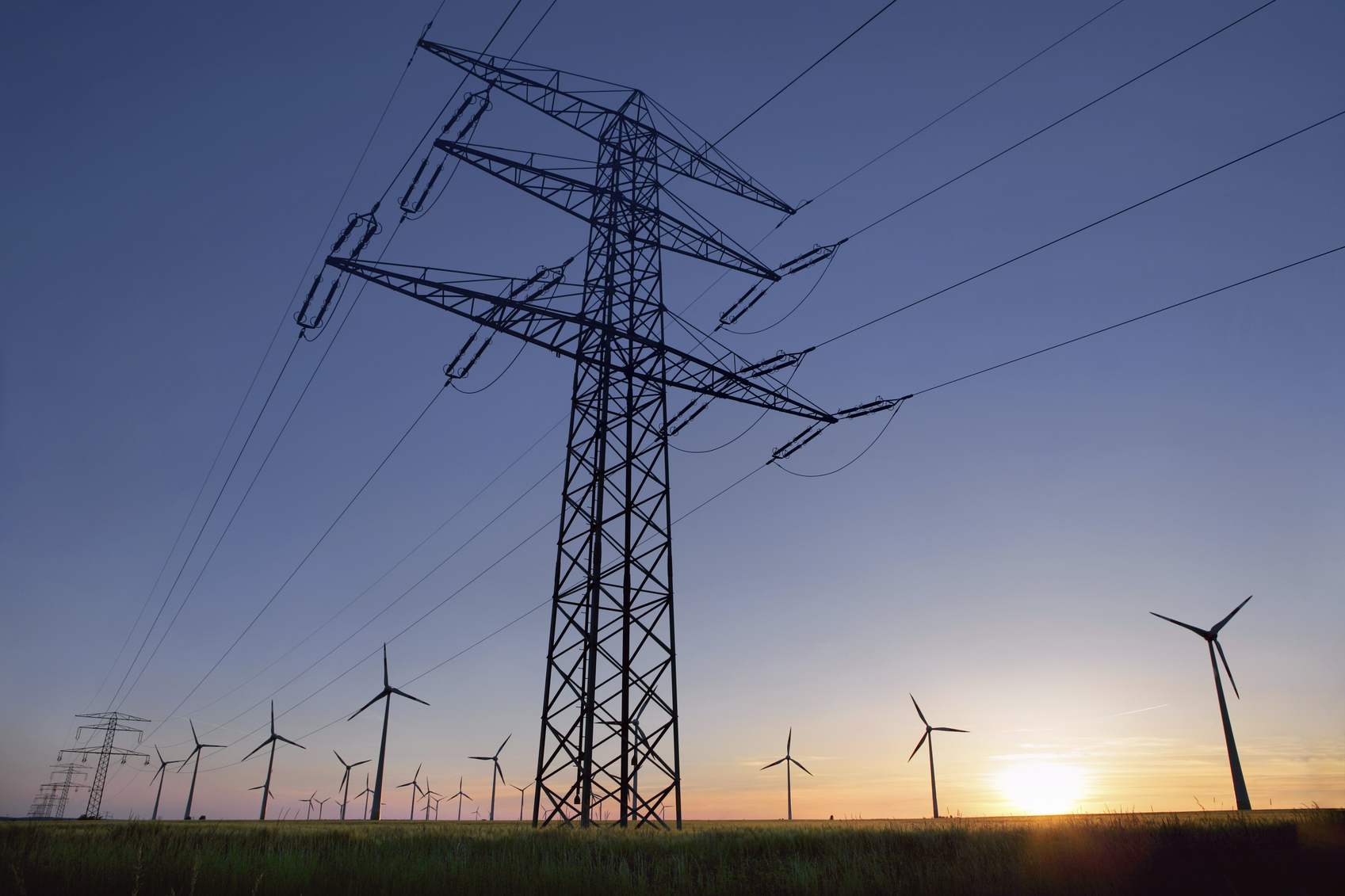 The U.S. Department of Energy (DOE) released a report Wednesday night on electricity markets and grid reliability, stating that the decline in coal and nuclear production has not impacted grid reliability, instead the rise in a diverse energy portfolio has increased the grid’s stability.
The U.S. Department of Energy (DOE) released a report Wednesday night on electricity markets and grid reliability, stating that the decline in coal and nuclear production has not impacted grid reliability, instead the rise in a diverse energy portfolio has increased the grid’s stability.
The study, commissioned by Energy Secretary Rick Perry in April, also states that coal plant closures across the country have been due to market pressure and competition from low-priced natural gas plants, not policy changes that support renewables such as wind and solar.
(MORE: Listen to our interview with former U.S. Energy Secretary and Nobel Laureate Steven Chu.)
“America is also fortunate to have a variety of fuel sources. We need to consider how to use each effectively while recognizing our differences and unique state and regional circumstances,” Perry says in the report’s cover letter. “We must utilize the most effective combination of energy sources with an ‘all of the above’ approach to achieve long-term, reliable American energy security.”
While the report does not state that there is a current concern with grid reliability, it does warn that future problems could arise if coal and nuclear plants continue to close at the current rate. Many environmental advocates cite this as a last-ditch effort for these companies to remain relevant in the energy landscape. However, the report does go on to highlight the role of renewables in developing a diverse energy infrastructure.
“Total end-use demand served by wind generation tripled from 1.5 percent in 2008 to 4.5 percent in 2013,” the report states. “Total renewable generation has now exceeded 14 percent of the U.S. total, with hydro and wind comprising the largest components.”
The authors point out concerns with grid stability as high percentages of renewable resources penetrate the energy market.
The energy grid is the central component of energy generation and use. Because the energy grid was developed to consume fossil fuels, it requires consistency in energy flow. Renewable energy is intermittent in nature. If the sun goes down or the wind stops blowing, there is a potential for large-scale blackouts. On the other hand, extremely sunny or windy days could produce an excess of energy, potentially overloading the grid.
Because of this, the DOE and troves of researchers have spent decades researching energy storage technologies for large-scale grid applications. This would allow renewable energy to be harvested and held until needed, significantly reducing the risks of damaging fluctuations within the grid.
The DOE’s new report touches on the importance of energy storage, stating that there will need to be more research investments in the technology to reduce cost and increase the reliability of systems in order to be economically and technically feasible.
One thing the report does not mention is the impact of climate change as a driver in pursuing renewable energy alternatives.
“There has always been increasingly hard evidence that there is a climate problem is out there; that the climate is changing, and there’s very compelling evidence that it’s in large part caused by humans,” former Secretary of Energy Steven Chu told ECS in a previous interview. “You have to willfully not want to know in order to say that there is no proof. In fact, people in the current administration are systematically trying to shut down climate research.”
Prior to the release of the report, analysts believed the authors of the paper would drive its political agenda. The lead author of the report is Alison Silverstein, an energy analyst under former President George W. Bush, who also worked on smart grid funding in the Obama administration. Co-author Travis Fisher is a former Federal Energy Regulatory Commission economist who has previously voiced his opposition to tax credits for wind farms and was in favor of repealing the Mercury and Air Toxic Standards.
Overall, the document carriers little weight on its own. Its primary goal is to offer recommendations to other federal departments. Some of those recommendations include encouraging electricity and natural gas markets to work more closely, using national laboratories to conduct more work focusing on grid research and development, and lightening U.S. Environmental Protection Agency regulations – such as mandates to install carbon dioxide emission control equipment, making it easier for coal-fired plants to get started.

